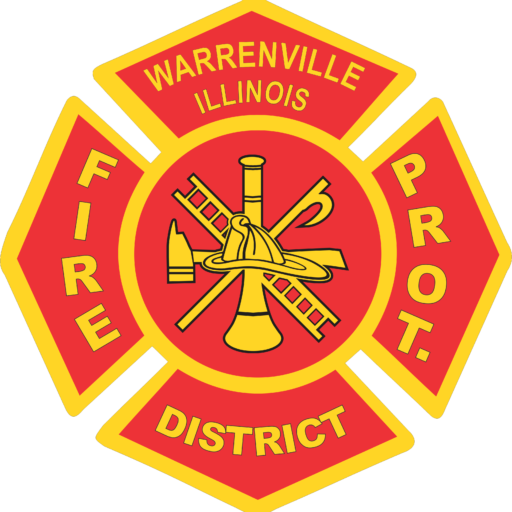EMS
 Imagine you are in the kitchen and you hear a thump on the floor upstairs. You investigate and find a family member on the floor not breathing and lifeless. You call 911. The police arrive with an Automatic External Defibrillator (AED) and put it to use. Or you are running on a treadmill and you notice the person running next to you at the health club, wobble, and fall off of their treadmill. A bystander checks for a pulse and starts CPR while an employee of the gym brings up an AED and applies it to the stricken individual. Both scenarios played out right here in this community within 6 weeks of each other. The other similarity between these 2 emergencies is both patients were transported to the hospital by paramedics with a pulse and blood pressure for further treatment at the hospital.
Imagine you are in the kitchen and you hear a thump on the floor upstairs. You investigate and find a family member on the floor not breathing and lifeless. You call 911. The police arrive with an Automatic External Defibrillator (AED) and put it to use. Or you are running on a treadmill and you notice the person running next to you at the health club, wobble, and fall off of their treadmill. A bystander checks for a pulse and starts CPR while an employee of the gym brings up an AED and applies it to the stricken individual. Both scenarios played out right here in this community within 6 weeks of each other. The other similarity between these 2 emergencies is both patients were transported to the hospital by paramedics with a pulse and blood pressure for further treatment at the hospital.
AEDs were introduced back in the 1970s and can now be found in many public buildings such as airports, schools, gyms, and casinos. The AED plays a critical role in the “Chain of Survival in Sudden Cardiac Arrest” identified by the American Heart Association. The sooner the better but the best results seem to occur if defibrillation occurs within the first 4 minutes of arrest. “The practice of early defibrillation within this electrical phase in out-of-hospital and in-hospital environments results in survival rates approaching 50%.” (1). An example of this success played out in a study done by the CDC in 1999 at O’Hare and Midway airports. “In the first 10 months, 14 cardiac arrests occurred, and 9 of the 14 victims (64 percent) survived.” (2)
Anyone can use an AED but it is best to have training. Many CPR programs include AED training as part of their course. For information on where you can learn basic life-saving techniques and training go to the CPR portion of our website.
1. http://www.resuscitationcentral.com Resuscitation Central 2010 based on research funded by Zoll
2. https://www.osha.gov/dts/tib/tib_data/tib20011217.pdf Technical Information Bulletin, U.S. Department of Labor, Occupational Safety and Health Administration, “Cardiac Arrest and Automated External Defibrillators (AEDs)”
